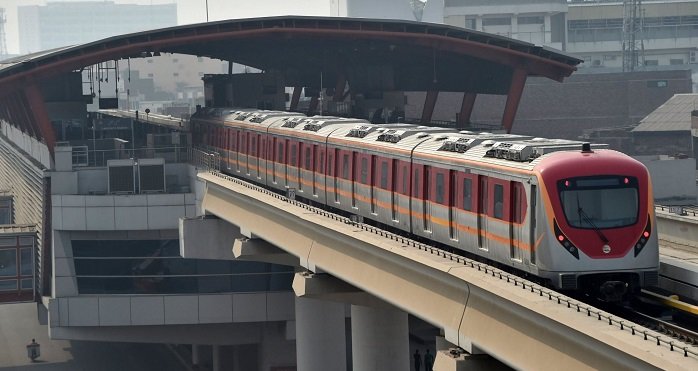In a forward-thinking move aimed at cutting costs and boosting energy sustainability, the Punjab government has announced that the Orange Line Metro Train will be powered entirely by solar energy at all of its stops and terminals. The shift is expected to drastically reduce the line’s heavy electricity expenses, which currently require billions of rupees in annual government subsidies to keep the service operational.
1.6 MW Solar Plant to Power Orange Line Facilities
According to officials involved in the Orange Line project, a 1.6-megawatt solar energy plant will be installed to generate electricity for station functions such as:
- Escalators
- Passenger platforms
- Lighting and electronic systems
- Essential terminal operations
This green initiative will allow the train system to function independently of traditional power sources, reducing its dependence on the national grid and helping combat urban power shortages.
Monthly Savings in Millions Expected
By transitioning to solar-powered infrastructure, authorities forecast millions of rupees in monthly savings on electricity costs. This is expected to ease the financial burden on the provincial government and free up resources for further public transport enhancements.
Additionally, the shift to solar supports Pakistan’s broader goals for renewable energy adoption and climate-conscious infrastructure development.
Sustainability and Urban Development in Focus
The move to power the Orange Line Metro Train with solar energy aligns with Punjab’s vision of building a resilient, energy-efficient, and sustainable urban transit system. It also represents a model for other provinces and cities to follow in reducing operational costs and environmental impact through renewable energy solutions.
The conversion of the Orange Line Metro Train to solar power is a significant step toward achieving financial sustainability, energy independence, and eco-friendly urban mobility in Punjab. As Pakistan continues to face rising energy costs and environmental challenges, initiatives like these signal the government’s commitment to clean and efficient public transportation.






